The world of food production relies on machinery to meet demand. But how do we ensure these machines run smoothly without contaminating the very food they produce? The answer lies in food-grade lubrication, a marvel of science tailored specifically for the food industry. Dive in with us as we explore the intricate science behind these lubricants.
What Makes Lubrication "Food-Grade"?:
At its core, a lubricant's role is to reduce friction between moving parts. However, in the food industry, the challenge extends to ensuring that any incidental contact between the lubricant and food doesn’t result in contamination. This is where food-grade lubricants come into play.
- Inertness: These lubricants are designed to be chemically inert, ensuring they don’t react with food products or change their composition.
- Safety: They are made of ingredients safe for consumption in minuscule amounts that might come into accidental contact with food.
- Performance: Despite these safety features, they still maintain high-performance levels to prevent wear and tear of machinery.
The Chemistry of Food-Grade Lubricants:
Foodgrade lubricants are registered with the National Sanitation Foundation (NSF). Activate lubricants are NSF-registered in two primary foodgrade categories:
- H1: These are suitable for situations where there’s a possibility of incidental food contact.
- 3H: These are suitable for situations where direct food contact will occur, e.g. mincer blades or conveyor belts.
The base oil or grease used makes a huge difference to the quality (and compliance) of the lubricant. Fully synthetic products give the best overall performance.
The Role of Additives:
Additives in food-grade lubricants enhance performance. Common additives include:
- Antioxidants: To improve the lubricant’s lifespan.
- Anti-wear agents: To protect machinery parts from wear.
- Rust inhibitors: To protect machinery from corrosion.
- Viscosity modifiers: To ensure consistent performance across different temperatures.
Understanding Tribology:
Tribology, the study of friction, wear, and lubrication, plays a pivotal role in the development of food-grade lubricants. Through understanding the principles of tribology, the research chemists at Activate Lubricants and other industry leaders design lubricants that offer maximum efficiency and protection for machinery while ensuring food safety.
The Future: Sustainability and Beyond:
With a growing emphasis on sustainability, the science of food-grade lubrication is evolving. The next generation of lubricants is moving away from the petrochemical industry, and gearing towards being more environmentally friendly, sustainably sourced, and biodegradable, without compromising on performance and efficiency.
Conclusion:
The science behind food-grade lubrication is both fascinating and crucial for the food industry. It’s a delicate balance of ensuring machinery runs smoothly while keeping our food safe. As we move forward, the continual evolution of this science promises not just better performance but also a brighter future for our planet. Remember, next time you enjoy a snack or a meal, there's an unsung hero in the form of food-grade lubrication working behind the scenes.









